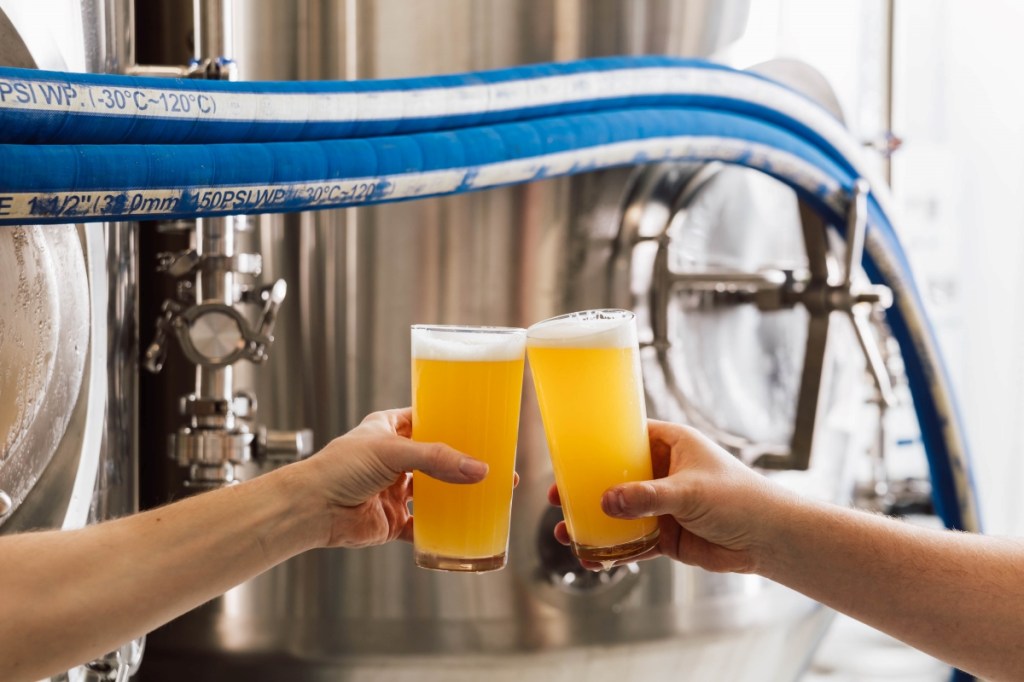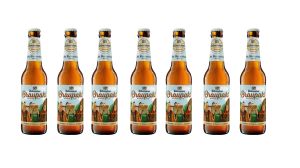Breweries have long been trailblazers. These are taking that tradition and running with it.
The post These Breweries Are Redefining Community, Collaboration, and Fermentation appeared first on CraftBeer.com.
Breweries have long been trailblazers. These are taking that tradition and running with it.
The post These Breweries Are Redefining Community, Collaboration, and Fermentation appeared first on CraftBeer.com.
Breweries have long been trailblazers. These are taking that tradition and running with it.
The post These Breweries Are Redefining Community, Collaboration, and Fermentation appeared first on CraftBeer.com.
Breweries have long been trailblazers. These are taking that tradition and running with it.
The post These Breweries Are Redefining Community, Collaboration, and Fermentation appeared first on CraftBeer.com.
Breweries have long been trailblazers. These are taking that tradition and running with it.
The post These Breweries Are Redefining Community, Collaboration, and Fermentation appeared first on CraftBeer.com.
Breweries have long been trailblazers. These are taking that tradition and running with it.
The post These Breweries Are Redefining Community, Collaboration, and Fermentation appeared first on CraftBeer.com.
Breweries have long been trailblazers. These are taking that tradition and running with it.
The post These Breweries Are Redefining Community, Collaboration, and Fermentation appeared first on CraftBeer.com.
Schussboom Brewing created three commemorative beers for the 2025 U.S. Capitol Christmas Tree journey from Nevada to D.C.
The post Schussboom Brewing Joins “The People’s Tree” on a Cross-Country Beer Tour appeared first on CraftBeer.com.

The Bavarian party on 11 October is set to deliver live music, German-inspired food, and a specially brewed Märzen ale with a local twist.
The post Boonah Brewing Co. brings Oktoberfest to the Scenic Rim appeared first on Beer & Brewer.
At Iowa's rapidly expanding Big Grove Brewery, the goal isn’t to make money today, but to make people come back tomorrow.
The post Big Grove’s Big Plans: Give Iowa a Try appeared first on CraftBeer.com.
 A top seller at last weekend’s GABS Festival Sydney was the delicious 6.5% Braupakt Blonde Ale collaboration brew between Germany’s oldest brewery, Weihenstephan and their Belgium neighbours, St Bernardus! The good news for beer connoisseurs is that it’s been restocked for GABS Brisbane and Melbourne this June.
A top seller at last weekend’s GABS Festival Sydney was the delicious 6.5% Braupakt Blonde Ale collaboration brew between Germany’s oldest brewery, Weihenstephan and their Belgium neighbours, St Bernardus! The good news for beer connoisseurs is that it’s been restocked for GABS Brisbane and Melbourne this June. Brandon Hernández combed the desert and laid out a stellar septet of breweries to visit in Las Vegas.
The post Vegas (Beer), Baby! appeared first on CraftBeer.com.

The second edition of the Braupakt collaborative beer will launch in 2024.
The post Belgian and Bavarian breweries create second Braupakt beer appeared first on Beer & Brewer.
 Dr Greg Casey joins me this week to discuss the interesting history of German Adjunct Lager and how it influenced the rise of American Adjunct Lager here in the US. Subscribe on iTunes to Audio version or Video version or Spotify or Google Play Download the MP3 File– Right Click and Save As to download […]
Dr Greg Casey joins me this week to discuss the interesting history of German Adjunct Lager and how it influenced the rise of American Adjunct Lager here in the US. Subscribe on iTunes to Audio version or Video version or Spotify or Google Play Download the MP3 File– Right Click and Save As to download […] Hops once destined for beer have found a new prominence in hard seltzers, kombucha, and cocktails.
The post New Hope For Hops appeared first on CraftBeer.com.
Brewery adds another Japanese beer to its stable after 2011 deal to make and sell Sapporo.
The post Coopers secures local rights to Yebisu Premium appeared first on Beer & Brewer.
This year’s Little Home Brewers challenge looks to reimagine Oktoberfest.
The post Little Creatures home brew competition returns appeared first on Beer & Brewer.
 This week I take a look at one of Germany’s most popular beer styles, the light lager known as German Helles. Helles is a traditional German Lager produced primarily in Southern Germany (Bavaria) around Munich. The word “hell” in German can be roughly translated as “pale, light or bright” in English. The History of Helles […]
This week I take a look at one of Germany’s most popular beer styles, the light lager known as German Helles. Helles is a traditional German Lager produced primarily in Southern Germany (Bavaria) around Munich. The word “hell” in German can be roughly translated as “pale, light or bright” in English. The History of Helles […] These classic Christmas beers from craft breweries pair perfectly whether you’re looking to share a bottle with friends or enjoy as you’re decorating the house for the holidays.
The post 12 Beers of Christmas appeared first on CraftBeer.com.